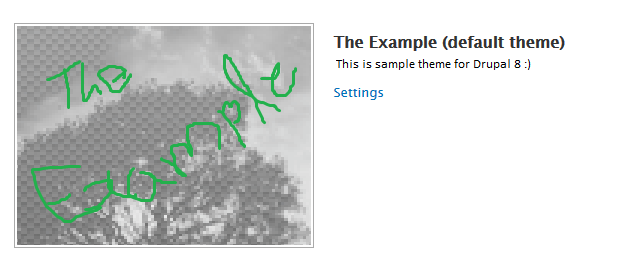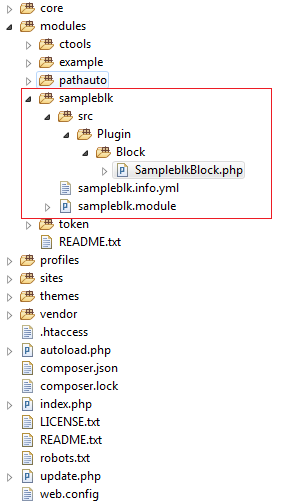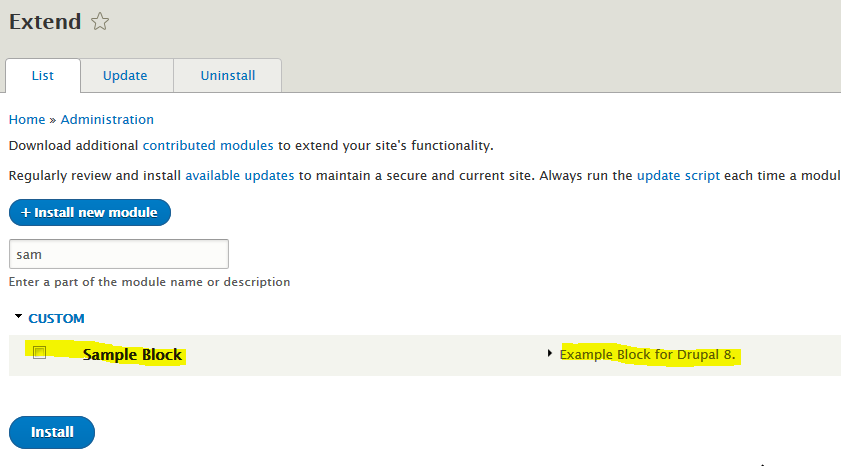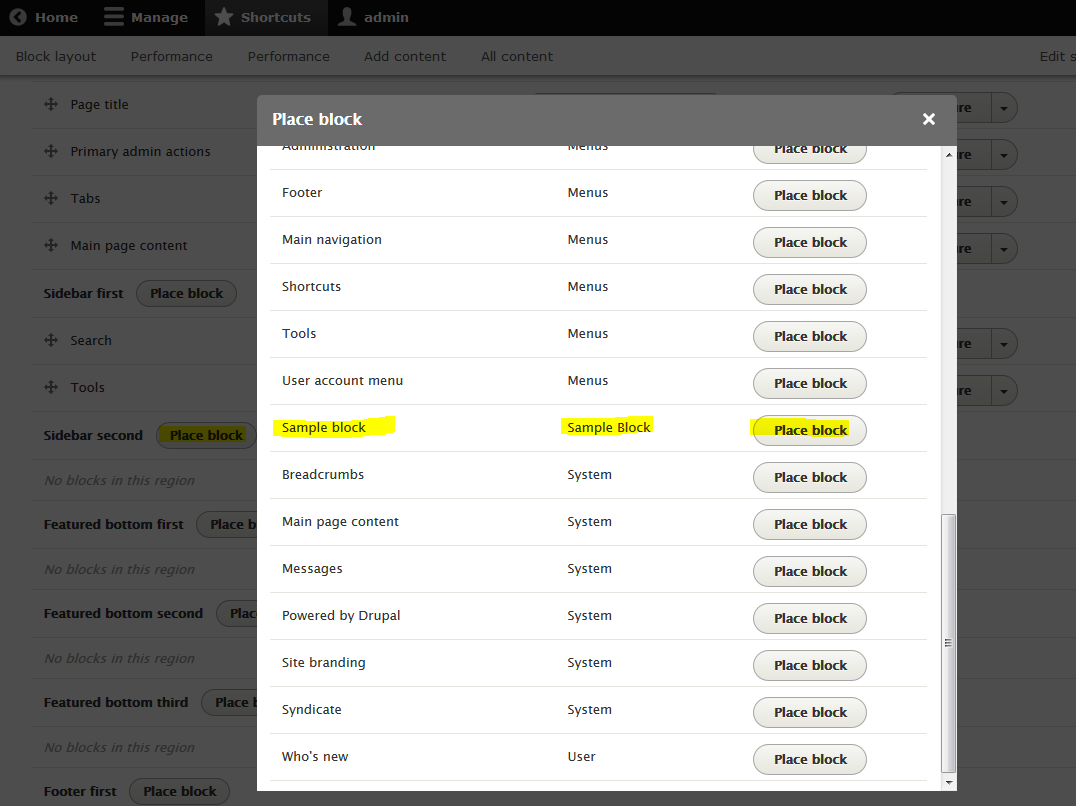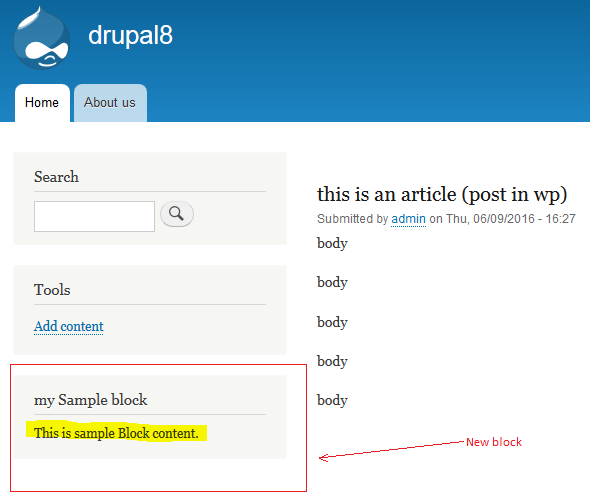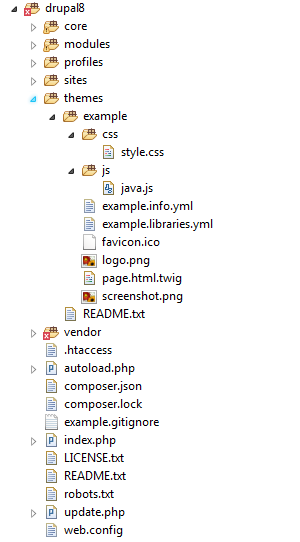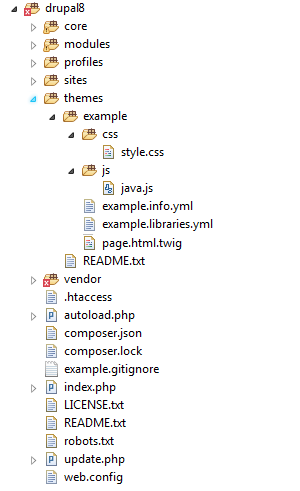‘Drupal 8 Creating custom module steps
Costume Module file structure (My Drupal version 8.1.2)
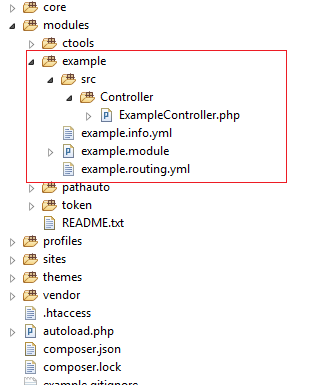
1. Create a folder under ‘/modules/’ for this explanation I am creating a ‘example’ (this is our module folder) folder inside module folder
2. Create module info file ‘example.info.yml’ inside example folder
name: Drupal 8 custom module example
type: module
description: 'Example for Drupal 8 modules.'
package: Custom
version: 8.x
core: 8.x
3. Create example.module inside example folder
<?php
/**
* @File
* Example custom module for Drupal 8.
*/
/**
* Implementing hook_menu().
*/
function example_menu() {
// The paths '/examp' should be same in example.routing.yml.
$items['/examp'] = array(
'title' => 'Example page',
'description' => 'This is a example page from example module.',
// The name of the route from example.routing.yml
'route' => 'example.my_page',
);
return $items;
}
4. Create example.routing.yml in example folder
example.my_page:
path: '/examp'
defaults:
_controller: '\Drupal\example\Controller\ExampleController::myPage'
_title: 'My first page in Drupal8'
requirements:
_permission: 'access content'
The path: ‘/examp’ begin with 2 space catheters. Here we are defining the end point (http://localhost/examp [ I am using ‘localhost’ for development])
5. Create controller:- for creating controller first we need to create an ‘src’ folder inside example folder inside src folder create a ‘Controller’ folder and inside it create ExampleController.php
the controller full path will be like this ‘modules/example/src/Controller/ExampleController.php’
<?php
/**
* @file
*/
namespace Drupal\example\Controller;
/**
* Route responses for the Example module.
*/
class ExampleController {
/**
* Returns a simple page.
*
* @return array
* A simple renderable array.
*/
public function myPage() {
$element = array(
'#markup' => 'Hello world!',
);
return $element;
}
}
?>
6. Install the new module from admin
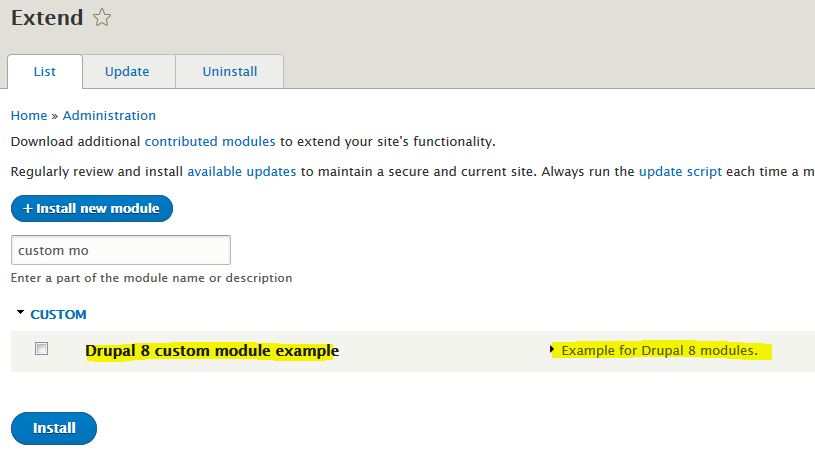
7. Open your favorite internet browser hit your example URL (in my case : http://localhost/examp) you can see the generated page
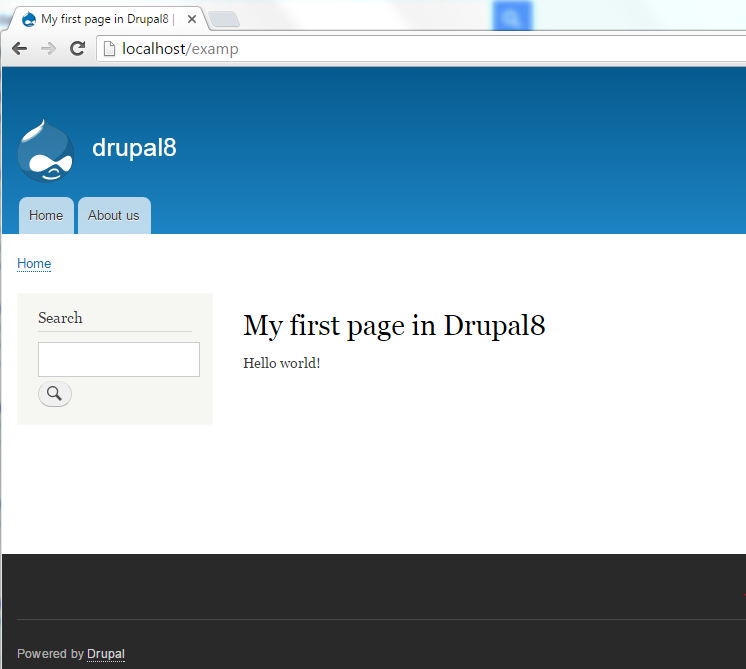
GitHub : https://github.com/bikeshm/drupal-8-module-sample1
Check how to create a custom block : https://wiki.workassis.com/drupal-8-creating-custom-block-from-scratch/
